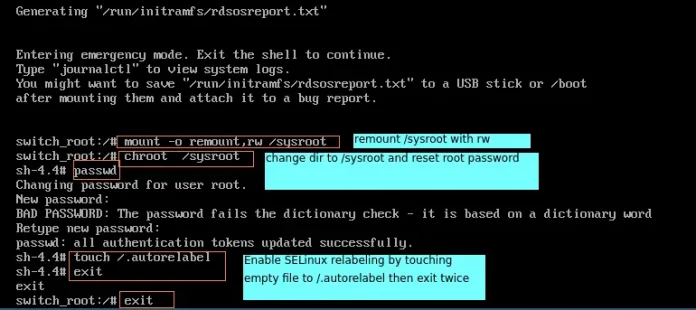Prerequisite : Structures in C
Name and marks in different subjects (physics, chemistry and maths) are given for all students. The task is to compute total marks and ranks of all students. And finally display all students sorted by rank.
Rank of student is computed using below rules.
- If total marks are different, then students with higher marks gets better rank.
- If total marks are same, then students with higher marks in Maths gets better rank.
- If total marks are same and marks in Maths are also same, then students with better marks in Physics gets better rank.
- If total marks are same and marks in both Maths and Physics are also same, then students with better marks in Chemistry gets better rank.
- If all marks (total, Maths, Physics and Chemistry) are same, then any student can be assigned better rank.
We use below structure to store details of students.
struct Student
{
string name; // Given
int math; // Marks in math (Given)
int phy; // Marks in Physics (Given)
int che; // Marks in Chemistry (Given)
int total; // Total marks (To be filled)
int rank; // Rank of student (To be filled)
};
We use std::sort() for Structure Sorting. In Structure sorting, all the respective properties possessed by the structure object are sorted on the basis of one (or more) property of the object.
In this example, marks of students in different subjects are provided by user. These marks in individual subjects are added to calculate the total marks of the student, which is then used to sort different students on the basis of their ranks (as explained above).
Implementation:
C++
// C++ program to demonstrate structure sorting in C++#include <bits/stdc++.h>using namespace std;struct Student { string name; // Given int math; // Marks in math (Given) int phy; // Marks in Physics (Given) int che; // Marks in Chemistry (Given) int total; // Total marks (To be filled) int rank; // Rank of student (To be filled)};// Function for comparing two students according// to given rulesbool compareTwoStudents(Student a, Student b){ // If total marks are not same then // returns true for higher total if (a.total != b.total) return a.total > b.total; // If marks in Maths are same then // returns true for higher marks if (a.math != b.math) return a.math > b.math; if (a.phy != b.phy) return a.phy > b.phy; return (a.che > b.che);}// Fills total marks and ranks of all Studentsvoid computeRanks(Student a[], int n){ // To calculate total marks for all Students for (int i = 0; i < n; i++) a[i].total = a[i].math + a[i].phy + a[i].che; // Sort structure array using user defined // function compareTwoStudents() sort(a, a + n, compareTwoStudents); // Assigning ranks after sorting for (int i = 0; i < n; i++) a[i].rank = i + 1;}// Driver codeint main(){ int n = 5; // array of structure objects Student a[n]; // Details of Student 1 a[0].name = "Bryan"; a[0].math = 80; a[0].phy = 95; a[0].che = 85; // Details of Student 2 a[1].name = "Kevin"; a[1].math = 95; a[1].phy = 85; a[1].che = 99; // Details of Student 3 a[2].name = "Nicky"; a[2].math = 95; a[2].phy = 85; a[2].che = 80; // Details of Student 4 a[3].name = "Steve"; a[3].math = 80; a[3].phy = 70; a[3].che = 90; // Details of Student 5 a[4].name = "Rohan"; a[4].math = 80; a[4].phy = 80; a[4].che = 80; computeRanks(a, n); // Column names for displaying data cout << "Rank" << " " << "Name" << " "; cout << "Maths" << " " << "Physics" << " " << "Chemistry"; cout << " " << "Total\n"; // Display details of Students for (int i = 0; i < n; i++) { cout << a[i].rank << " "; cout << a[i].name << " "; cout << a[i].math << " " << a[i].phy << " " << a[i].che << " "; cout << a[i].total << " "; cout << "\n"; } return 0;} |
Rank Name Maths Physics Chemistry Total 1 Kevin 95 85 99 279 2 Nicky 95 85 80 260 3 Bryan 80 95 85 260 4 Rohan 80 80 80 240 5 Steve 80 70 90 240
Time complexity : O(nlogn)
Auxiliary Space :O(n)
Related Articles:
- sort() in C++ STL
- Comparator function of qsort() in C
- C qsort() vs C++ sort()
- Sort an array according to count of set bits
This article is contributed by Abhinav Tiwari . If you like neveropen and would like to contribute, you can also write an article using write.geeksforgeeks.org or mail your article to review-team@geeksforgeeks.org. See your article appearing on the neveropen main page and help other Geeks.
Ready to dive in? Explore our Free Demo Content and join our DSA course, trusted by over 100,000 neveropen!




